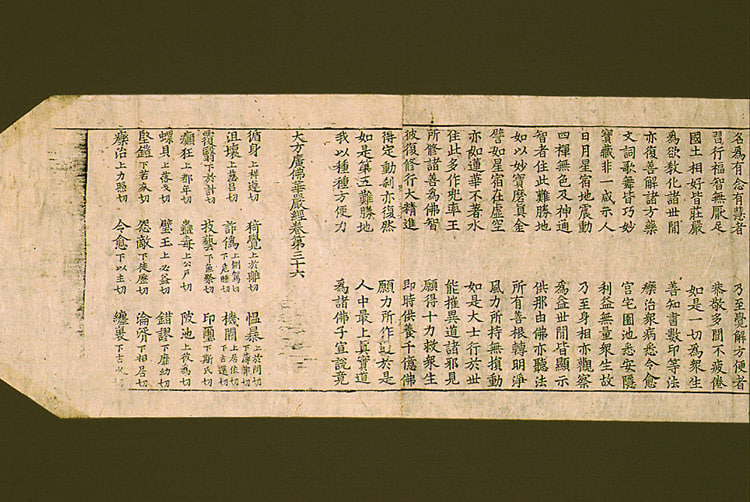Avatamsaka Sutra
The Avatamsaka Sutra, also known as the Flower Garland Sutra or the Flower Ornament Scripture, is a monumental and revered text in the realm of Mahayana Buddhism. This scripture, believed to have been composed over several centuries in India, between the 3rd and 8th centuries CE, unfolds as a profound tapestry of wisdom encompassing diverse themes and teachings.
Central to the Avatamsaka Sutra is its portrayal of a reality defined by interconnectedness and unity. This sutra weaves a philosophical landscape where all phenomena are intricately interwoven, emphasizing their interdependence and the non-dual nature of existence. Its grandeur lies in its expansive depiction of the Buddha's wisdom, depicted as infinite and compassionate, enabling the Buddha to manifest in myriad forms to guide and benefit sentient beings.
Cosmology takes center stage in the Avatamsaka Sutra, as it describes intricate cosmic realms representing various levels of spiritual attainment. Through these celestial visions, the sutra conveys the grandeur of the universe and the potential for spiritual evolution within it. Furthermore, the sutra presents a detailed exposition of the bodhisattva path, delineating bodhisattvas' qualities, practices, and aspirations - beings committed to attaining enlightenment to serve all sentient beings.
Throughout its history, the Avatamsaka Sutra has left an indelible mark on East Asian Buddhism, particularly in the formation of the Huayan school in China and the development of Tiantai Buddhism in Japan. The sutra's complexity and depth have invited generations of scholars, teachers, and practitioners to offer their insights through commentaries and interpretations. These works peel back layers of its profound teachings, allowing seekers to dive into its intricate teachings on interconnectedness, wisdom, compassion, and the boundless journey of the bodhisattva.











